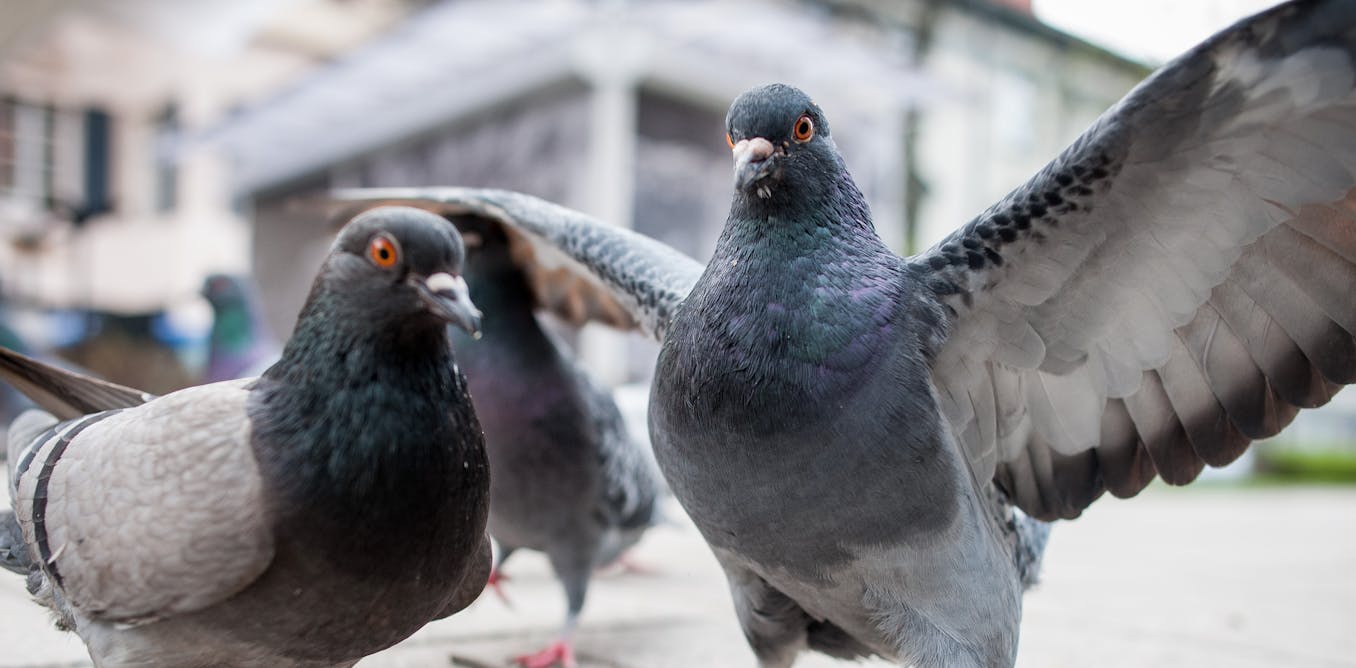The birds were probably shrinking long before we began measuring dead ones at the museum.
We did mostly finches and sparrows -- those were the two most common birds that flew headlong into the glass atrium walls and killed themselves. I gathered them up once a day and then measured them before sending them to the NOAA. Don't ask me what the weather people wanted with them -- I have no idea. It was just part of my job description from the get-go.
My assistant Jennifer was the one who suggested we start going back and looking at the records to compare annual size. She was very big on graphs and pie charts, and had to be actively discouraged from producing power point presentations about things like fire blight and wind socks.
And yes, we discovered that the finches and sparrows were, on average, shrinking by 2 centimeters each year. After we had collected data for ten consecutive years Jennifer and I went before the Chicago Board of Trade to discuss our findings -- but they called us worry warts and refused to validate our parking passes. We next presented our information to various Rotary Clubs around Illinois, to varying responses. Several clubs, especially in the northern half of the state, took our work seriously and donated dozens of pairs of used eye glasses to us. Southern Illinois was another matter altogether. We were arrested several times for jaywalking and given heavy fines. Those folks just did not want to know about abbreviated birds.
When Jennifer got married and left the museum to become an astronaut I stopped trying to warn people of what was happening. I simply sat back and observed it all. Taking copious notes, of course.
By this time all the birds were noticeably smaller than people remembered them being. Robins were the size of humming birds, and humming birds were the size of bumble bees. Pigeons were affected worst of all. They flocked together inside discarded plastic cups, like ants. And by the time I retired from the museum I could watch a special on PBS about condors in the Andes that came together at mating season and looked like a cloud of gnats.
Each presidential administration had its own explanation as to why this was happening:
- The Ukrainians were behind it.
- All the birds had somehow gotten on opioids.
- China was hoarding bird seed.
- Birds were not getting smaller; people were getting bigger.
Now I hear that men are consistently losing height while women are growing taller and taller. This doesn't bode well for the survival of mankind as we know it. But then again, a bad workman blames his tools.

No comments:
Post a Comment